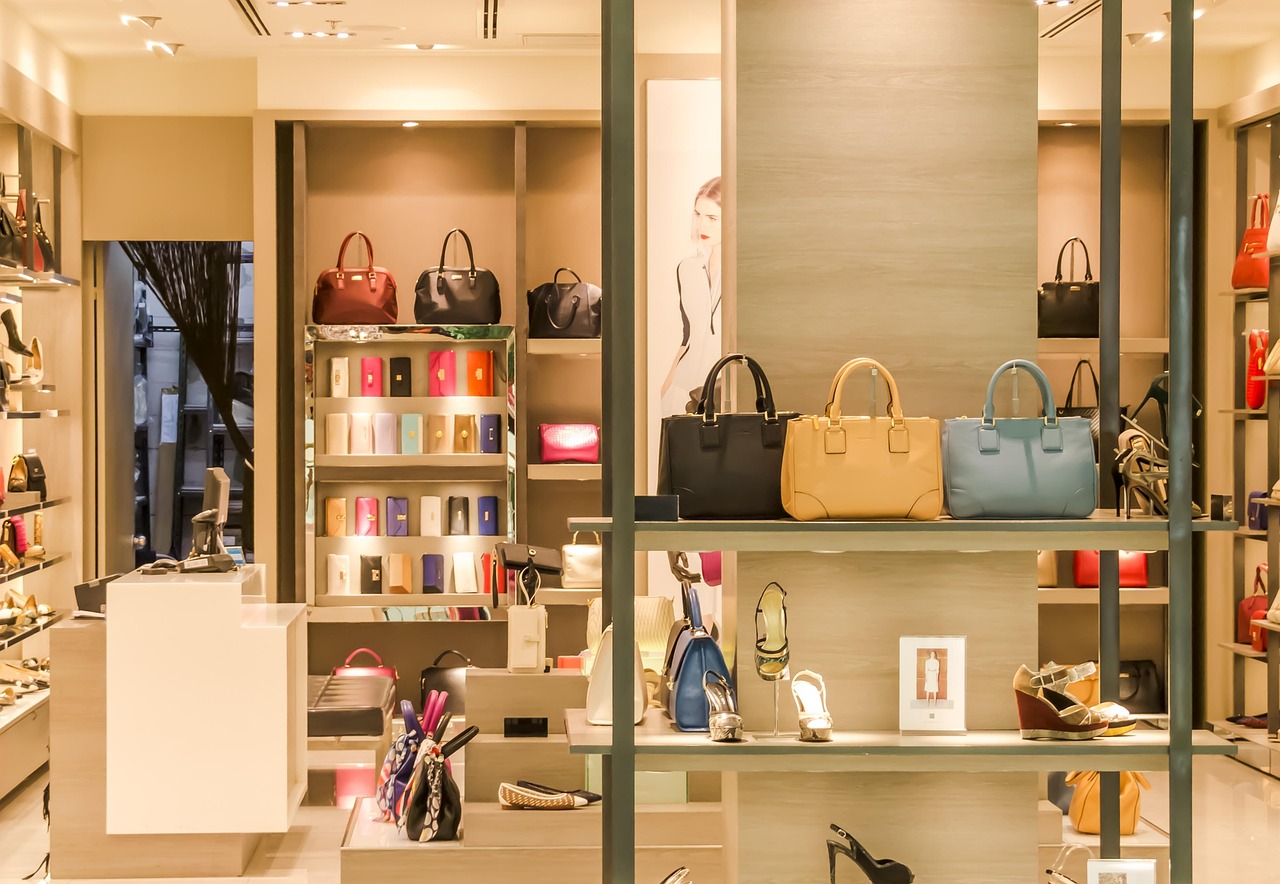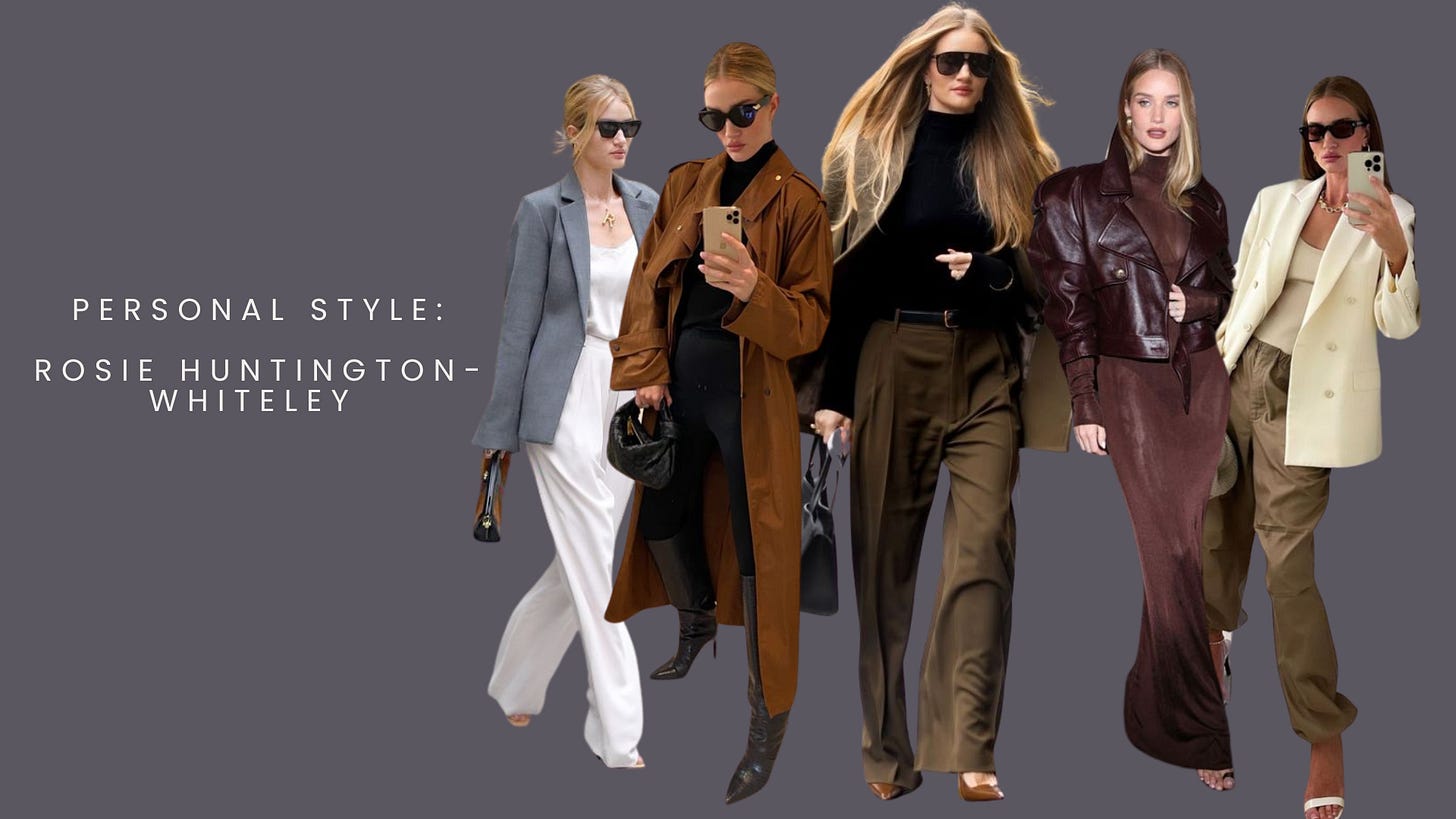The fashion trends in 2025
· Eco-friendly fabrics, recycled materials, and plant-based alternatives are becoming mainstream. Trend Rouge+2Heuritech+2 · · Smart / tech-infused clothing (temperature control, sensors, wearable tech) is gaining ground. Trend Rouge+1 · · Why: Consumers are more…
Capsule Wardrobe and Designer Handbags
Capsule wardrobe building is a process that requires time, thought, and a bit of experimentation. Begin by identifying the items you truly rely on day to day – and those that…
Men’s Clothing, Vintage Clothing and Streetwear Brand
Men’s clothing represents the pinnacle of luxury fashion, showcasing how true style can define sophistication. Premium materials, expert tailoring, and classic aesthetics come together to create the most exceptional bespoke…
Fast Fashion Trends and Women’s Clothing
Fast fashion trends continue to dominate the market in 2025, with projections showing growth from USD 150.82 billion to USD 214.24 billion by 2029, reflecting a robust 7% CAGR. However,…
Fashion Trends and Sustainable Fashion Brands
Fashion Trends like Patagonia have been pioneers in encouraging outdoor adventure while leading efforts in environmental responsibility. Since 1985, Patagonia has pledged 1% of its yearly sales to environmental preservation…
Exploring Sustainable Fashion Trends, Brands, and Careers
Exploring Sustainable Fashion, House of Marici stands as an accessories brand dedicated to offering eco-conscious alternatives to luxury leather handbags. Founded by Amanda Navaian on World Earth Day in 2020,…
Sustainable Fashion Brands and Latest Trends
Sustainable fashion brands measure throughout its operations to adopt practices that are less harmful to the environment. Its Climate Transition Plan outlines the roadmap ahead, including a target of reducing…
 Capsule Wardrobe and Designer Handbags
Capsule Wardrobe and Designer Handbags Men’s Clothing, Vintage Clothing and Streetwear Brand
Men’s Clothing, Vintage Clothing and Streetwear Brand Fast Fashion Trends and Women’s Clothing
Fast Fashion Trends and Women’s Clothing Fashion Trends and Sustainable Fashion Brands
Fashion Trends and Sustainable Fashion Brands Exploring Sustainable Fashion Trends, Brands, and Careers
Exploring Sustainable Fashion Trends, Brands, and Careers Sustainable Fashion Brands and Latest Trends
Sustainable Fashion Brands and Latest Trends Personal Fashion can Motivate yourself
Personal Fashion can Motivate yourself